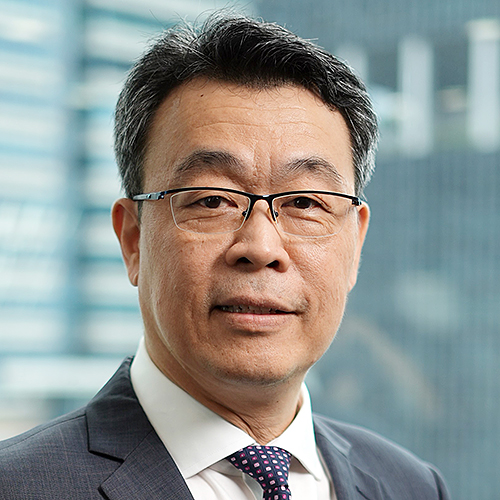It’s still early days, but the establishment of the loss and damage fund that resulted from the recently concluded COP27 may provide huge opportunities for institutional and private sector investors, including asset managers, while at the same time addressing the world’s climate change issues.
And Hong Kong and Singapore, as well as emerging Asia in general, may be uniquely positioned to drive the creation, operation and oversight of the loss and damage fund going forward.
For the unfamiliar, the loss and damage fund, which I will call the LDF for short as this is not an official name yet, is the result of a breakthrough agreement by which the wealthy industrialized countries will contribute to a fund or financing facility that is intended to help less-developed countries mitigate the impact of climate-change events, such as droughts, floods and other calamities.
The rationale behind the LDF is that it is only fair for the wealthy industrialized countries, which are responsible for much of the global carbon emissions that negatively impact all countries, to compensate the less developed countries, which are more adversely affected by the impact of climate change.
But although the agreement is a breakthrough after years of stalling from the US and the EU, there are still no details on where the money will come from, which countries should pay into the fund, and which countries will benefit.
It is also not clear how much the fund will total, although the United Nations Environment Programme (UNEP) estimates that the climate crisis could cost developing countries about US$160 billion to US$340 billion annually by 2030 to finance climate-change-related activities or projects, such as building sea walls and creating drought-resistant crops. This amount, The UNEP says, could grow to US$565 billion by 2050 if climate change accelerates.
It is also not clear what framework or structure the LDF will take. One guess is that it could have a framework that is similar to that of multilateral institutions like that of the International Monetary Funds, Asian Development Bank or World Bank.
Another thing that is not yet clear is who could participate, whether it’s just governments and government financial institutions, multilaterals, etc.
And this is where there may be an opportunity for institutional investors, such as pension and sovereign wealth funds, insurers, asset managers, private equity funds and other private sector investors.
What is clear is that the LDF presents a unique opportunity to mobilize huge amounts of capital that governments and multilateral institutions alone are unable to raise. This is where private sector investors have to jump in and help fill this financing gap.
And perhaps Asia is uniquely positioned to tap into this opportunity with Hong Kong and Singapore, two of the biggest international financing hubs, possibly playing an important role in generating the funds and investment solutions that will surely be needed for the LDF.
Apart from Hong Kong and Singapore, emerging Asia in general is also clearly positioned to drive the establishment, operation and even oversight of the LDF as many of the countries impacted by climate change are in this region.
A recent example that could become a model or precursor to the LDF is Indonesia’s Just Energy Transition Partnership (JETP) that was launched by its President Joko Widodo and the leaders of the International Partners Group (IPG), co-led by the United States and Japan, during the G20 Summit in Bali last November 16 2022.
Launched half a world away while the COP27 was taking place in Sharm El-Sheikh in Egypt, the JETP aims to develop a comprehensive investment plan for bringing forward Indonesia's net-zero target by 10 years to 2050, with carbon-dioxide emissions from the power sector peaking in 2030, seven years earlier than previously estimated.
The JETP, Widodo says, aims to mobilize US$20 billion over the next three to five years for achieving Indonesia's decarbonization goals, of which US$10 billion will be provided by the IPG members and the balance from the private sector. This funding will be provided using a mix of grants, concessional and market-rate loans, guarantees and private investments.
Multilateral development banks and the Climate Investment Funds (a leading multilateral investor in developing countries), reportly will account for about a third of the US$10 billion in public funding for Indonesia's JETP, with the Climate Investment Funds having already allocated US$500 million to aid Indonesia's energy transition. As for the US$10 billion to be provided by the private sector, US treasury and state department officials have announced that this will be funded by seven global banks.
The LDF would be much bigger in scale and, therefore, face bigger challenges. But the JETP can provide a framework for other countries under the umbrella of the LDF or some such structure.
One thing about the JETP is that it specifically provides opportunities for participation by private sector investors, banks, asset managers, etc.









